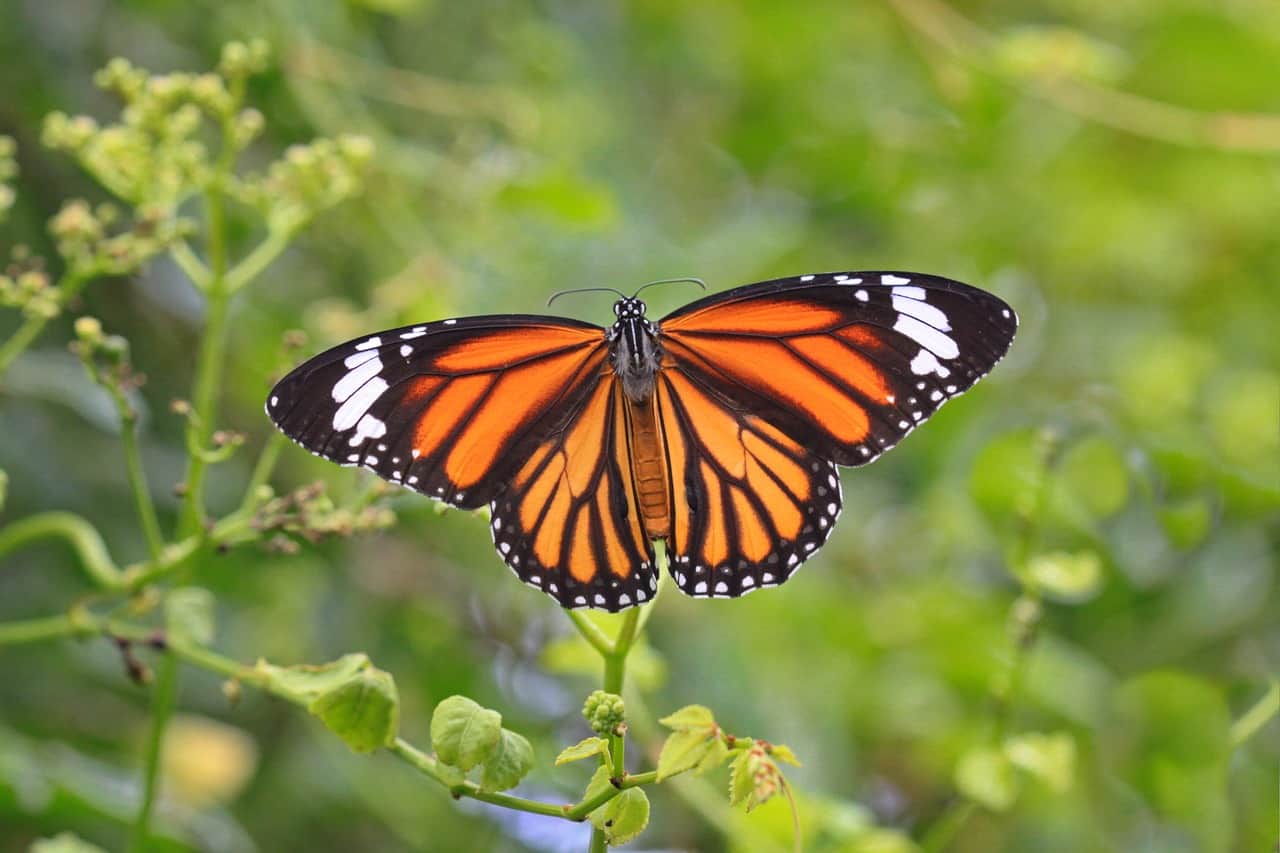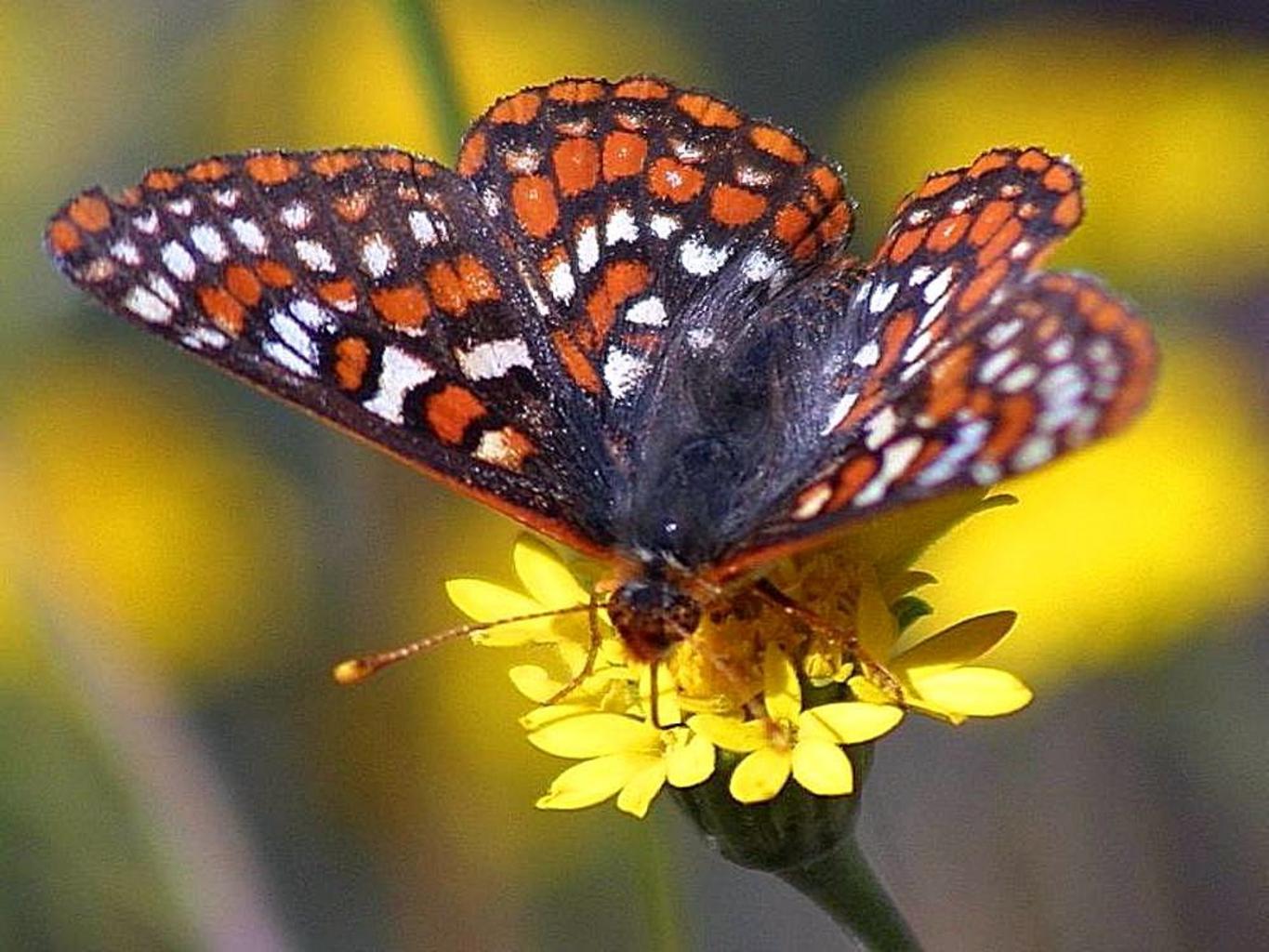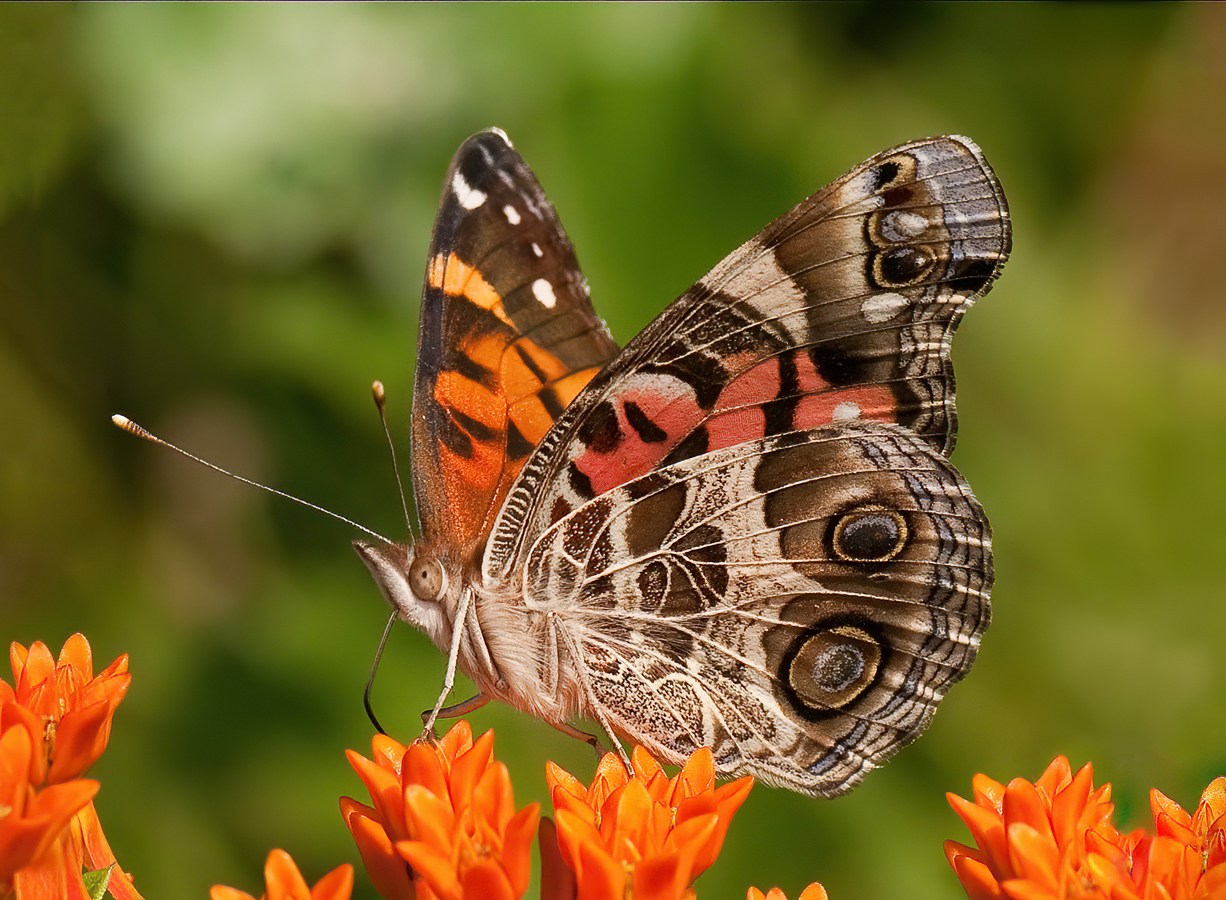Amazing Butterfly Facts: Uncovering What Makes These Insects So Engaging
Have you ever stopped to truly observe a butterfly, perhaps as it flits from flower to flower on a sunny afternoon? There is something truly captivating about these winged wonders, a quality that just pulls your attention. As my text explains, "interesting" means something that keeps your attention because it is unusual, or perhaps it just draws your interest. That is exactly what butterflies do for so many of us, really. They are quite fascinating creatures, full of surprises.
These delicate flyers are much more than just pretty faces in the garden, you know. They hold a lot of secrets and exhibit some truly remarkable behaviors. From their amazing life changes to their surprising survival tricks, there is a whole world of discovery awaiting anyone curious enough to look closer. It's like, they are tiny miracles right before our eyes, just waiting for us to notice.
Today, as a matter of fact, we are going to explore some of the most compelling aspects of these insects. We will uncover what makes them so special, and why they continue to spark wonder in people across the globe. You might be surprised by just how much there is to learn about these familiar garden visitors, and how truly unique each one is.
Table of Contents
The Butterfly's Remarkable Life Journey
- From Egg to Adult: A Complete Change
- The Chrysalis: A Time of Transformation
Sensory Superpowers and Survival Skills
- Tasting with Their Feet
- Eyes That See the World Differently
- Clever Ways to Stay Safe
Eating Habits and Dietary Quirks
- More Than Just Nectar
- How They Drink
Migration: Long-Distance Travelers
- Epic Journeys Across Continents
- Navigating Without a Map
Surprising Lifespans and Winter Habits
- How Long Do They Live?
- Where Do They Go in Winter?
The Many Colors and Patterns
- Why So Bright?
- Patterns as Language
Butterflies and Their Place in Nature
- Pollinators Extraordinaire
- Signs of a Healthy World
Frequently Asked Questions About Butterflies
Wrapping Things Up
The Butterfly's Remarkable Life Journey
The journey a butterfly takes from its very beginning is, arguably, one of the most astonishing things in the entire natural world. It is a complete change, a total makeover from one form to another. This process, called metamorphosis, is what makes them so special, and it is a truly complex series of steps.
From Egg to Adult: A Complete Change
It all starts with a tiny egg, often laid on a specific plant that the future caterpillar will eat. This is that first, small step. Once the egg hatches, a hungry larva, or caterpillar, emerges. This little creature does one thing very well: it eats, and eats, and eats some more. Its main job is to grow, and it sheds its skin several times as it gets bigger, a process known as molting. This growth period is quite rapid, actually.
The caterpillar's life is pretty much about eating and growing, you know. It can sometimes look very different from one stage to the next, changing colors or patterns. This constant eating helps it store up all the energy it will need for the next big step in its life. It is a very focused existence, to be honest.
The Chrysalis: A Time of Transformation
After growing to its full size, the caterpillar forms a pupa, which for butterflies is called a chrysalis. This stage is, in some respects, where the real magic happens. Inside this seemingly still case, the caterpillar's body completely breaks down and then rearranges itself into a butterfly. It is not just a simple change; it is a total reconstruction, nearly a miracle of nature.
The chrysalis itself can be quite beautiful, often camouflaged to look like a leaf or a twig, or sometimes it's just a little bit shiny. It is a protective shell for a very vulnerable period. The length of time spent in the chrysalis can vary a lot, depending on the type of butterfly and the weather conditions, but it is always a period of intense internal activity, so to speak.
Sensory Superpowers and Survival Skills
Butterflies might seem fragile, but they possess some really clever abilities that help them survive and find what they need. Their senses are surprisingly keen, allowing them to interact with their surroundings in ways we might not expect. They are, in fact, quite well-equipped for their world.
Tasting with Their Feet
Here is a truly interesting fact: butterflies can taste with their feet! When a butterfly lands on a flower, it uses special sensors on its feet to "taste" if the plant is a suitable place to lay eggs or if it contains nectar. This is a pretty efficient way to check things out, you know. It means they do not have to put their mouthparts down until they know it is worthwhile.
This ability helps them quickly identify the right host plants for their young, which is super important for their survival. Imagine if you could taste your food just by stepping on it! It would certainly make grocery shopping a different experience, wouldn't it? This unique sensory input is actually quite remarkable.
Eyes That See the World Differently
Butterflies have compound eyes, which means their eyes are made up of thousands of tiny lenses. This gives them a very wide field of vision, helping them spot predators and navigate through complex environments. They can also see ultraviolet light, which is invisible to us. This means flowers look very different to a butterfly than they do to us, often with patterns that guide them straight to the nectar, as a matter of fact.
So, the world they experience is, in a way, much more vibrant and detailed than our own. These special eyes help them find food sources and mates more effectively. It is a pretty cool adaptation, allowing them to perceive things we simply cannot, really.
Clever Ways to Stay Safe
Butterflies have many ways to protect themselves from things that want to eat them. Some have wings that look like eyes, which can scare away birds, you know. Others have dull colors on the underside of their wings, so when they close them, they blend in perfectly with tree bark or leaves, making them almost invisible. This camouflage is very effective.
Then there are those that mimic other, more dangerous insects. For instance, some harmless butterflies look just like poisonous ones, tricking predators into leaving them alone. This kind of mimicry is a very clever survival strategy, allowing them to fly freely without too much worry, usually.
Eating Habits and Dietary Quirks
What do butterflies eat? Most people think of nectar, and while that is a big part of their diet, it is not the only thing. Their feeding habits are, in fact, a bit more varied than you might imagine. They have a special way of taking in food, too.
More Than Just Nectar
While nectar is a primary food source, providing energy from its sugars, many butterflies also seek out other things. They might drink sap from trees, juices from rotting fruit, or even liquid from animal dung. These other sources provide them with important minerals and nutrients that nectar simply does not offer, you know. It is a pretty diverse menu, actually.
Some butterflies also get nutrients from damp soil, a behavior known as "puddling." They extract salts and amino acids from the moist earth, which are especially important for males for reproduction. So, their diet is, in some respects, quite complex and tailored to their specific needs.
How They Drink
Butterflies do not have mouths for chewing. Instead, they have a long, tube-like tongue called a proboscis. When not in use, this proboscis is coiled up like a spring. When it is time to eat, they unroll it and use it like a straw to sip liquids. This allows them to reach deep into flowers to get nectar, or to soak up other liquids from surfaces, as a matter of fact.
It is a very specialized feeding tool, perfectly suited for their liquid diet. The way they unroll and coil it is quite graceful to watch, almost like a tiny, living siphoning device. This unique feeding method is a key part of what makes them so interesting.
Migration: Long-Distance Travelers
Some butterflies are truly incredible travelers, undertaking journeys that stretch thousands of miles. This long-distance movement is called migration, and it is a pretty amazing feat for such small creatures. It is, you know, a testament to their endurance.
Epic Journeys Across Continents
The most famous example is the Monarch butterfly, which travels thousands of miles from Canada and the U.S. to warmer climates in Mexico and California for the winter. This journey often takes several generations to complete, with different butterflies flying different legs of the trip. It is a truly epic undertaking, nearly unbelievable for an insect.
These migrations are not just random flights; they are precise and purposeful movements driven by instinct. The fact that they can navigate such vast distances, often to the same specific locations year after year, is simply astounding, really. It is a remarkable natural phenomenon, that is for sure.
Navigating Without a Map
How do these tiny creatures find their way across such immense distances without any maps or GPS? Scientists believe they use a combination of the sun's position, the Earth's magnetic field, and perhaps even landmarks. This ability to navigate is, arguably, one of their most mysterious and impressive traits. It is still something researchers are trying to fully understand, you know.
The precision of their journey is quite astonishing, especially when you consider the tiny size of their brains. They are, in a way, living compasses, guided by ancient instincts passed down through generations. It is pretty cool to think about, actually.
Surprising Lifespans and Winter Habits
People often think butterflies live for only a day or two, but that is not always the case. Their lifespans can vary quite a bit, and they have some clever strategies for dealing with colder weather. It is, in fact, more complex than a simple "short life" idea.
How Long Do They Live?
While some butterflies, like certain small blues, might only live for a week or two as adults, many species live for several weeks. Some, like the Monarch butterfly, can live for several months, especially the generation that migrates south for the winter. This longer lifespan allows them to complete their incredible journeys and reproduce, you know. It is not just a fleeting moment.
The adult stage is just one part of their life cycle; the time spent as an egg, caterpillar, and chrysalis also counts. So, their entire life journey, from egg to natural end, can span several months, sometimes nearly a year, depending on the species and climate. It is a very varied existence, really.
Where Do They Go in Winter?
When winter arrives, butterflies have different ways of coping with the cold. Some migrate, as we discussed, flying to warmer places. Others might hibernate as adults, finding sheltered spots like hollow logs, attics, or under tree bark to wait out the cold. They slow down their body processes significantly during this time, so to speak.
Still other species spend the winter in the egg, caterpillar, or chrysalis stage. The particular stage they choose depends on the species and its specific adaptations to the cold. This ability to pause their development or find shelter is crucial for their survival through harsh conditions, and it is a pretty neat trick, as a matter of fact.
The Many Colors and Patterns
The dazzling array of colors and intricate patterns on butterfly wings are truly a sight to behold. But these designs are not just for show; they serve many important purposes. They are, in a way, their very own language and survival tools.
Why So Bright?
The vibrant colors of many butterflies serve several functions. They can be used to attract mates, signaling health and fitness. Bright colors can also act as a warning to predators, indicating that the butterfly is poisonous or tastes bad. This is called aposematism, and it is a very effective defense mechanism, you know.
The colors themselves come from tiny scales on their wings, which reflect and refract light in different ways. This creates the shimmering, iridescent effects we often see. So, it is not just pigment; it is also about how light plays on their delicate structures, actually.
Patterns as Language
Beyond just color, the specific patterns on butterfly wings can also convey messages. Eye spots, for example, can startle or confuse predators, making them hesitate. Stripes and bands can help them blend into their surroundings, offering camouflage. Each pattern is, in some respects, a piece of information, a visual cue for others in their environment.
These patterns are incredibly diverse, with each species having its own unique design. It is like a fingerprint for the butterfly world, allowing us to identify different kinds. The complexity of these designs is, arguably, a marvel of natural artistry.
Butterflies and Their Place in Nature
Butterflies are more than just beautiful insects; they play a really important role in the health of our planet. Their presence, or absence, can tell us a lot about the environment around us. They are, you know, key players in many ecosystems.
Pollinators Extraordinaire
As butterflies visit flowers to sip nectar, they inadvertently pick up pollen and carry it from one flower to another. This pollination is vital for the reproduction of many plants, including many of the fruits and vegetables we eat. So, they are pretty important for our food supply, as a matter of fact.
They are not as efficient as bees, perhaps, but their contribution is still significant, especially for certain types of flowers that are shaped perfectly for their long proboscis. They are, in a way, unsung heroes of the garden and the wild, helping life flourish.
Signs of a Healthy World
Because butterflies are sensitive to changes in their environment, their populations can act as indicators of ecosystem health. A decline in butterfly numbers can signal problems like habitat loss, pesticide use, or climate change. So, seeing lots of butterflies usually means the local environment is doing pretty well, you know.
Protecting butterflies means protecting their habitats, which in turn benefits countless other species, including us. They are, in essence, tiny ambassadors for the health of our natural world, urging us to take better care of it. It is a very direct connection, really.
Frequently Asked Questions About Butterflies
Here are some common questions people often ask about these fascinating insects:
Do butterflies have mouths?
Butterflies do not have mouths for chewing food. Instead, they have a long, tube-like structure called a proboscis. They use this like a straw to sip liquids such as nectar, water, or sap. This specialized feeding tool is coiled up when not in use, and they unroll it to drink, as a matter of fact.
How long do butterflies live?
The lifespan of a butterfly varies greatly depending on the species. Some smaller butterflies might only live for a week or two as adults. However, many species live for several weeks, and some, like the Monarch butterfly, can live for several months, especially the generation that migrates. The entire life cycle, from egg to adult, can span months, you know.
What is the difference between a butterfly and a moth?
There are several key differences, though they are related. Butterflies are typically active during the day, while most moths are nocturnal. Butterflies usually have slender, smooth bodies and club-tipped antennae. Moths, on the other hand, tend to have stout, hairy bodies and feathery or thread-like antennae. Also, butterflies usually rest with their wings held upright, whereas moths often rest with their wings spread flat or tent-like over their bodies. It is a pretty clear distinction, usually.
Wrapping Things Up
As we have seen, the world of butterflies is full of truly amazing things. From their complete transformation to their surprising senses and long migrations, these creatures are endlessly fascinating. They remind us of the incredible diversity and wonder that exists all around us, if we just take a moment to look. Their very existence is, in some respects, a continuous source of delight and scientific intrigue.
The next time you spot a butterfly fluttering by, take a moment to appreciate the complex life it leads and the important role it plays in our world. There is so much more to them than meets the eye, you know. To learn more about these amazing insects and their impact, you can find more information on our site. Also, check out this great resource from a trusted source for even more details about butterfly biology. Keep your eyes open for these tiny marvels; they have so many stories to tell, really.

50 Magnificent Monarch Butterfly Facts You Can't Miss - Facts.net

Interesting Facts About Butterflies | Fun Facts For Kids

Interesting Facts About Monarch Butterfly Just Fun Facts - Otosection